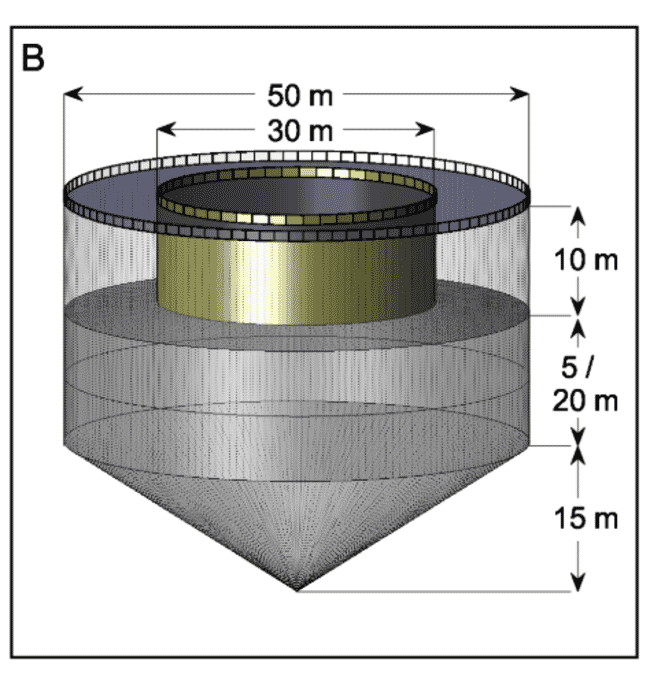Researchers at Norway’s Institute of Marine Research (IMR) have tested the effects of a “snorkel” cage, which is equipped with a roof has a net roof at a depth of 10-20 metres to separate the salmon from the surface waters where the salmon lice larvae are present. In the centre is a sealed “snorkel” which allows the salmon to swim up to refill their swim bladders without exposure to the sea lice larvae.

© IMR
Previously, smaller experiments had shown that this could be an effective way to reduce the number of lice and the new study, which took place on a commercial-scale trial lasting a whole year has confirmed the findings.
“The unique thing about this project is that we have scientifically demonstrated that the principle of physically separating the salmon louse larvae from the salmon works at a commercial scale,” said project manager Frode Oppedal.
In the trials, the results of which have now been published in the International Journal for Parasitology, three snorkel cages were compared with three normal pens. The researchers found that louse levels were reduced by 75 percent in the snorkel cages, and 43 percent lower than in those conventional pens that had been treated for adult lice.
Treatment against lice is implemented when there are more than 0.5 adult female lice per salmon in a cage, which is the government requirement (0.2 in weeks 16-21).

Oppedal has worked on developing the snorkel technology in collaboration with others, including researchers from the University of Melbourne. Meanwhile Egersund Net has developed the product commercially under the name “tubenet”, and it has already been introduced at various fish farms.
For the researchers, the most important goal was to document the efficacy of the principle of physically separating the larvae from the fish.
“We have shown that this works in principle. Now other types of fish cages based on this principle can also be developed,” said Oppedal.
“If more fish farms in the same area use this principle or other methods to prevent salmon louse infestation, the impact will be much bigger. We have performed analyses to show which farms spread most lice within a given area. The biggest impact will be achieved by taking action at those key locations,” he added.



